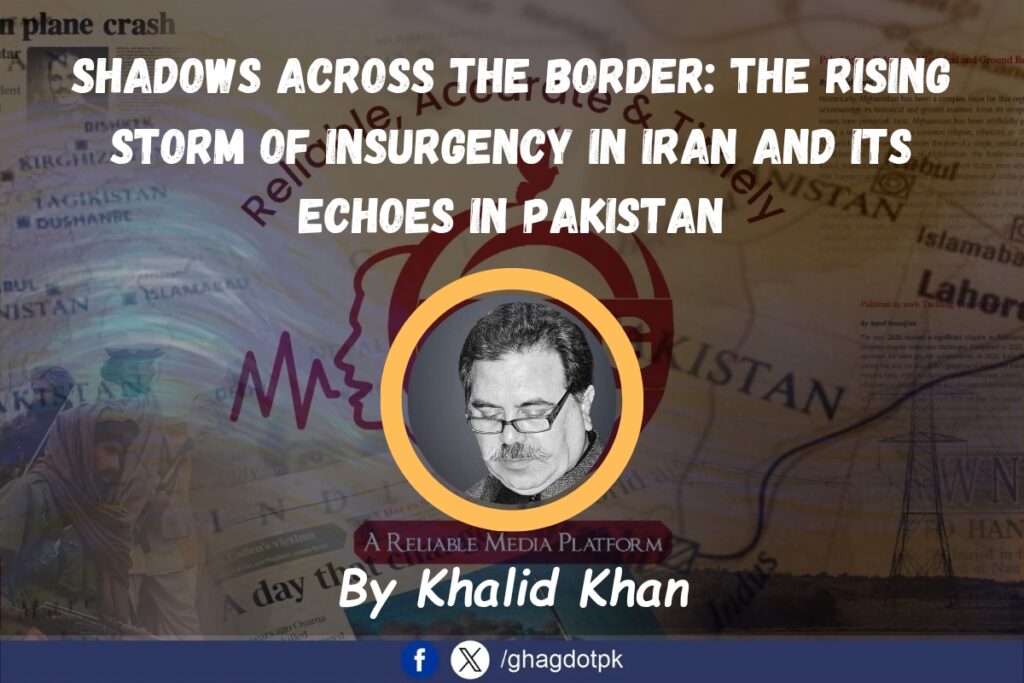By Khalid Khan
In a chilling declaration, the Sunni militant group Jaish al-Adl has claimed responsibility for a series of deadly attacks across Iran in 2024, targeting military and civilian authorities. According to the group’s statement, 282 Iranian security personnel and civilians were killed, and 14 military vehicles were destroyed during clashes. Meanwhile, the group admitted losing 41 fighters in its violent campaign.
Operating primarily in Iran’s restive Balochistan province, Jaish al-Adl has emerged as a vocal advocate for the Balochi Sunni Muslim minority, accusing the Shia-dominated Iranian government of systemic discrimination and economic neglect. Its latest announcement has amplified fears of instability in a region already scarred by ethnic and sectarian tensions.
Iran, which labels Jaish al-Adl a terrorist organization, has yet to issue an official response to the claims. Tehran has long raised concerns about cross-border infiltration from Pakistan and has pressed Islamabad to tighten security measures along the porous frontier. In 2019, Iran urged Pakistan to crack down on Jaish al-Adl after deadly attacks attributed to the group, and more recently, Tehran launched missile and drone strikes targeting militant positions inside Pakistan’s Balochistan province.
However, Pakistan has its own grievances, accusing Iran of providing safe havens to Baloch insurgents who launch cross-border attacks into Pakistan’s Balochistan province. The recent escalation follows a series of retaliatory strikes, with both countries exchanging accusations of harboring militants. These tensions underscore the fragile nature of relations between two neighbors bound by shared cultural ties yet divided by conflicting security concerns.
Geopolitical complexities deepen as Iran’s regional aspirations sometimes appear to clash with Pakistan’s security priorities. Pakistan’s strategic partnership with China in Gwadar under the China-Pakistan Economic Corridor (CPEC) contrasts sharply with Iran’s collaboration with India in developing the Chabahar port. Such rivalries add another layer of complexity to regional diplomacy and counter-terrorism efforts.
Beyond the headlines, the human toll of this conflict is stark. Civilians, particularly those in Baloch-majority areas, bear the brunt of both militant violence and heavy-handed government crackdowns. Decades of poverty, underdevelopment, and marginalization have made the region a breeding ground for insurgency. Many residents find themselves displaced, living in fear, and caught in a struggle that offers no easy escape.
Jaish al-Adl’s resurgence traces back to 2012, following the collapse of its predecessor, Jundallah, after the capture and execution of its leader, Abdolmalek Rigi, in 2010. The group has since adopted a strategy of bombings, ambushes, and kidnappings, exploiting rugged terrain and border vulnerabilities to sustain its campaign.
Iran’s counter-terrorism measures—including military reinforcements, border fortifications, and intelligence operations—have yielded mixed results. While several attacks have been foiled, the persistence of insurgent activity highlights the limitations of purely military solutions. Analysts argue that addressing the root causes—economic marginalization and ethnic grievances—remains essential for long-term stability.
For Pakistan, the stakes are equally high. The porous border with Iran, coupled with threats from multiple fronts—including insurgencies in Balochistan and Khyber Pakhtunkhwa—demands a delicate balance between security and diplomacy. The resurgence of violence in Pakistan’s Kurram district has also been linked to Iranian influence, raising suspicions about Tehran’s broader regional agenda.
Both countries have conducted surgical strikes in response to cross-border incidents, but such actions risk further escalation rather than resolution. Experts emphasize the need for bilateral mechanisms to monitor border movements and tackle militancy through joint intelligence-sharing frameworks.
In a region where shadows often linger longer than the storms that cast them, the insurgency reflects deeper fractures—of identity, governance, and geopolitics. Whether through dialogue or deterrence, the choices made by Iran and Pakistan in the coming months will shape not only their security but also the future of South Asia’s stability.
The battlefields may be defined by rugged landscapes, but the war’s roots lie in economic despair, political marginalization, and competing regional ambitions. As the storm brews, its echoes resonate far beyond the borders where it first began.






